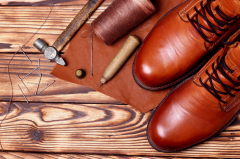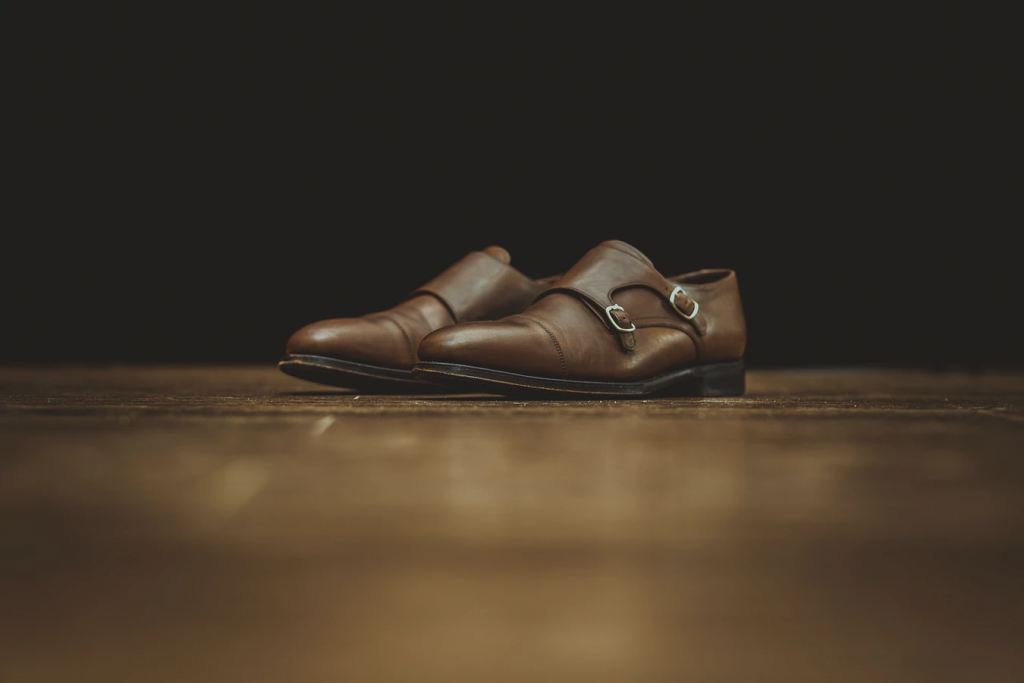
As quoted by Nancy Sinatra “These boots are made for walkin’”, but do you know that 60% of the global shoe supply is produced in China?
Before crafting, shoemakers and designers alike must first familiarise themselves with shoe anatomy. Different shoes are made for different functions, with the main priority either on aesthetics, comfort or quality.
For example, dinner shoes focus on aesthetics while flip-flops are made to be comfortable.
So, how do we design the perfect shoe that fits the requirement of beauty and functionality? What do footwear designers need to look out for in relation to shoe anatomy?
This article looks at the essentials of shoe anatomy, footwear design as well as considerations for using different materials.
Shoe Anatomy
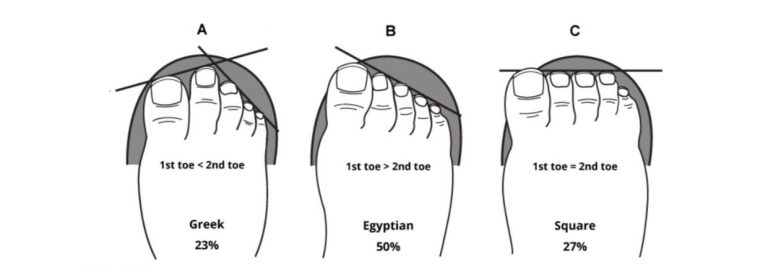
Sole
The sole encompasses the entire part of the shoe base including the outsole, midsole and insole.
Outsole
The outsole is the outermost part of the shoe where it touches the ground. Considerations include lifespan, water-resistance and grip amongst other factors.
Midsole
The midsole acts as the cushioning part of the shoe where it separates your foot and the floor. An optional feature that provides better support, this part of the shoe can be found in between the outsole and the sole.
Insole
The insole is a layer inside the shoe where the entire bottom of your foot rests.
Toe box
A potentially misleading name, the toe box comprises the area at the front of your foot where the toes rest. This may confuse people unfamiliar with shoe anatomy as the toe box is not an actual box!
Toe cap
The toe cap is like a cushion for your toes, it protects them against minor injuries such as bumping into objects. At the same time, a well-made toe cap increases the lifespan of a shoe thereby increasing its overall quality.
Tongue
This is perhaps the most recognised part of a shoe, the tongue lies on the centre of the shoe and rests on the top of your foot. It prevents abrasion from shoelaces on top of serving its aesthetic function.
Tongue padding
With comfort as its main purpose, the tongue padding is attached to the bottom of the tongue as a cushion for the top of the foot.
Vamp
The vamp refers to the upper part of the front of the shoe that covers your foot.
Quarter
The quarter envelops the rear and the sides of the shoe. A whole cut shoe would encompass the same material forming the quarter and vamp.
Collar
The collar is on the back of the shoe which helps to support your ankle. Often padded for extra comfort, this part of the shoe lies on top of the quarter.
Heel
The heel is seen as a part of the shoe that helps to boost height and add support to the heel.
Counter
The counter refers to the rear of the shoe where it meets the heel and it helps to keep the foot in place.
Eyelet
The eyelet refers to the holes on the shoe for shoelaces to pass through to be fastened. They are usually framed by a metal ring to prevent damage to the shoe fabric.
Lining
The lining covers every side of the shoe, keeping your foot dry and allows them to breathe by preventing excess moisture.
Why is it important to understand shoe anatomy?
Just like a machine, a shoe is made up of different parts. Each component of the shoe has its own functions that facilitate foot health and even aid in certain foot ailments.
With a comprehensive knowledge of shoe anatomy, footwear professionals are able to produce shoes that serve their functions while staying comfortable.
Let’s look at outsoles for example. The outsole’s thickness, smoothness and material are important considerations to note as they differ from one shoe to another depending on the function of each shoe.
The toe cap’s main function is to protect your toes, so it has to be durable enough to keep your toes safe from minor bumps while the toe box has to be wide and comfortable enough for your toes to rest
Even the tongue serves as a protection for your foot against shoelace abrasions.
Without proper knowledge of shoe anatomy, higher costs may be incurred if the prototype does not fulfil quality requirements. Understanding shoe anatomy enables us to save time and money by leveraging greater design efficiency.
If you are interested in an elaborate class on shoe anatomy, you can check out our online fashion course: Footwear Anatomy and Components
Apart from shoe anatomy, material plays a crucial role in shoe crafting as well.
Materials
Materials dictate what type of shoes you are crafting. Leather is generally used for formal shoes while flip-flops require the flexibility of rubber.
The various components of a shoe are also made with different materials, such as the outsole, which can be made with rubber for hiking shoes and leather for ballet slippers.
Let’s explore the top three materials commonly used for shoes!
Leather
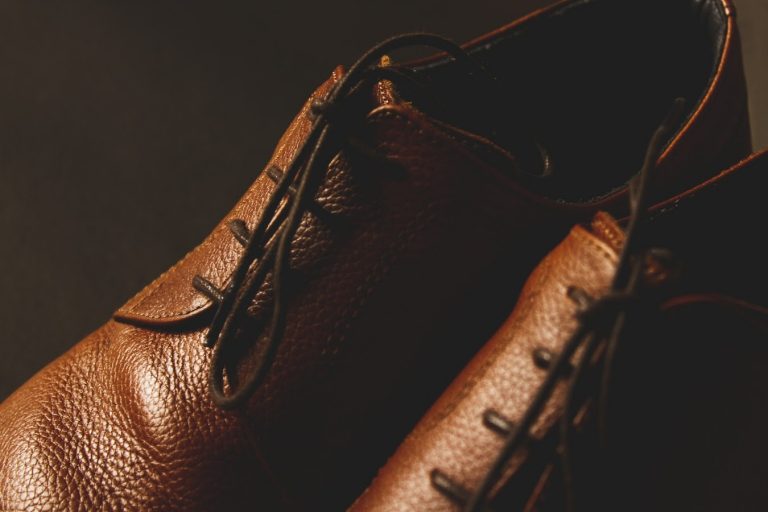
Leathers are the most common material used, especially for dress shoes. They are known for their luxurious appearance as well as for their durability and breathability.
It is known to be an expensive material due to the process of converting rawhide into leather. Leather also requires a lot of care as they are susceptible to cracking under heat and rotting due to excess moisture. However, with good maintenance, a leather product can grow better with age and remain long-lasting.
For more information regarding leather aftercare, you can click on this link to find out more: Leather Care 101
Textile
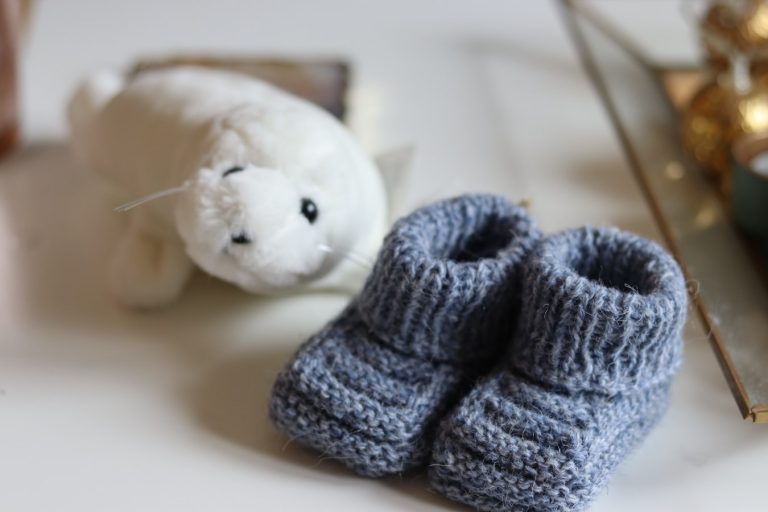
Textile is a great material for its variety of colours and types. Cotton, wool and nylon are some of the common textiles used in footwears.
You can find textile in different types of shoes, such as baby booties which are generally made of wool and running shoes typically produced with nylon.
In winter, shoes made with wool are worn for their thermal control properties. On the other hand, running shoes have to be lightweight and breathable, which nylon fulfils the conditions.
Rubber

Footwear such as flip-flops, scuba fins and even outsoles of shoes use rubber as the main material. For activities that require flexibility, slip-resistant and waterproof rubber is one of the most suitable materials.
Conclusion

Understanding shoe anatomy is the basis of shoe crafting. Not only is how the exterior looks that is important but the functionality and wearability is also equally vital.
Here at Fashive we have footwear courses taught by professionals. Are you an amateur designer looking to explore a career in footwear? You can take a look at Basic Footwear Sketching where it guides you step-by-step from sketching to technical design. For fashion professionals, do not fret as there is an Advanced Footwear Sketching course that delves deeper into drawing each type of footwear.
Regardless of your skill level, there is a course for you on Fashive! Feel free to reach out to us today!
Related Courses
Footwear Sketching-Advanced
- 12 hours
- Intermediate
- English
Footwear Sketching-Basic
- 12-15 hours
- Beginner
- English
Fundamentals of Footwear Construction
- 4 hours
- Beginner
- English



